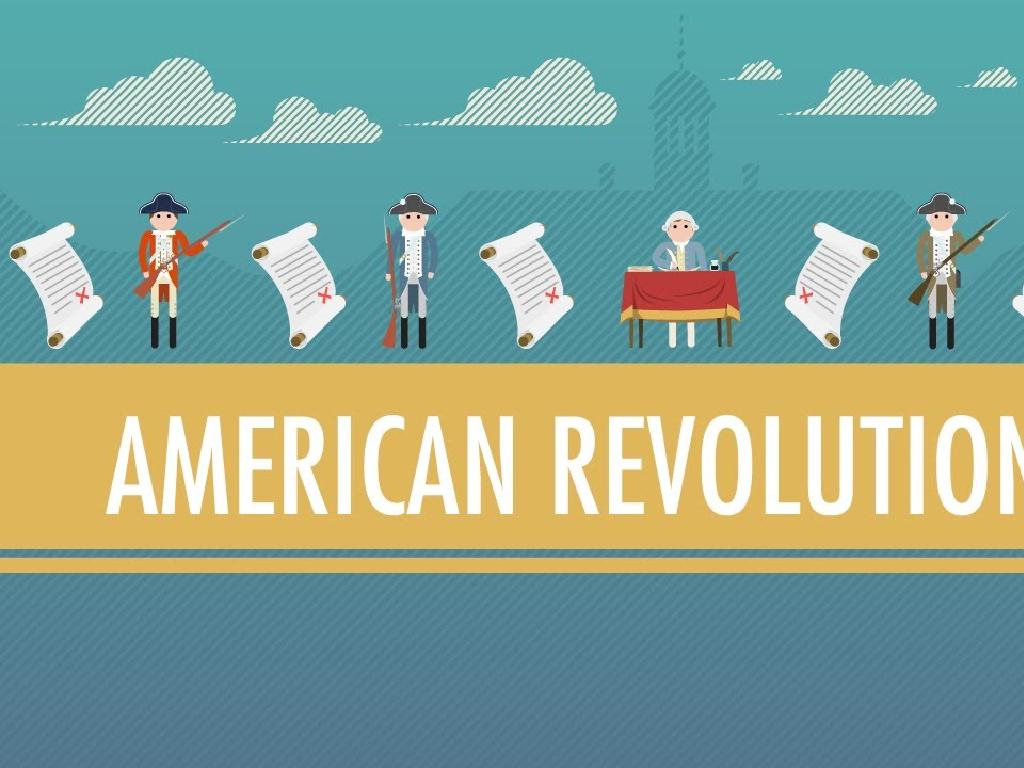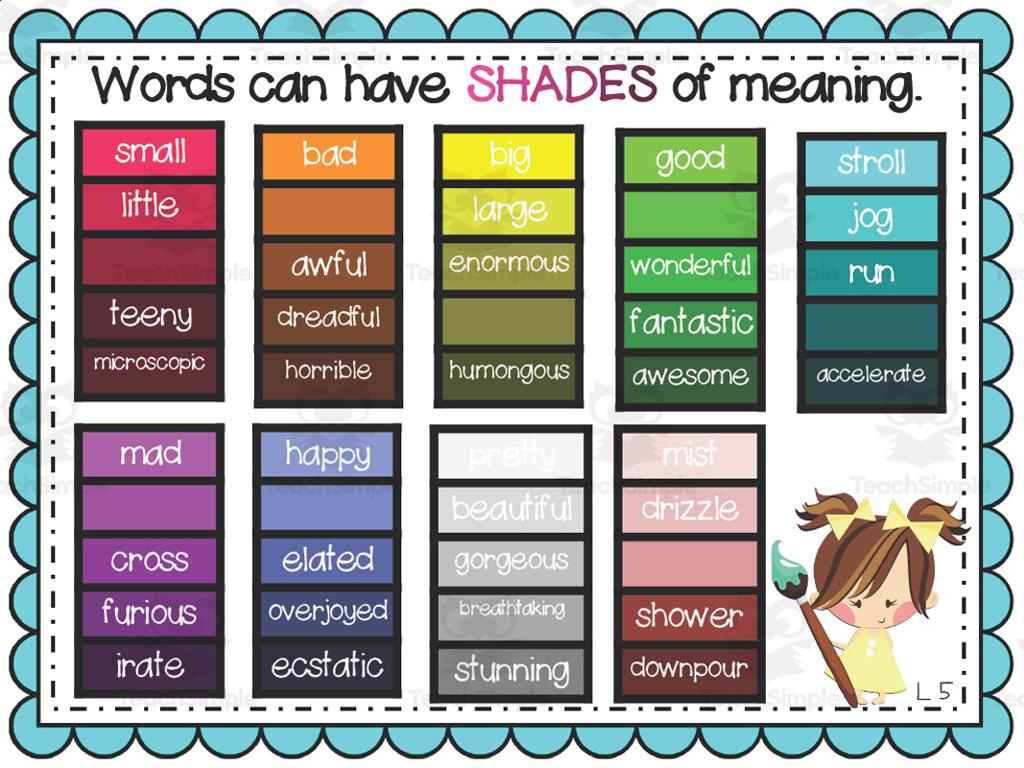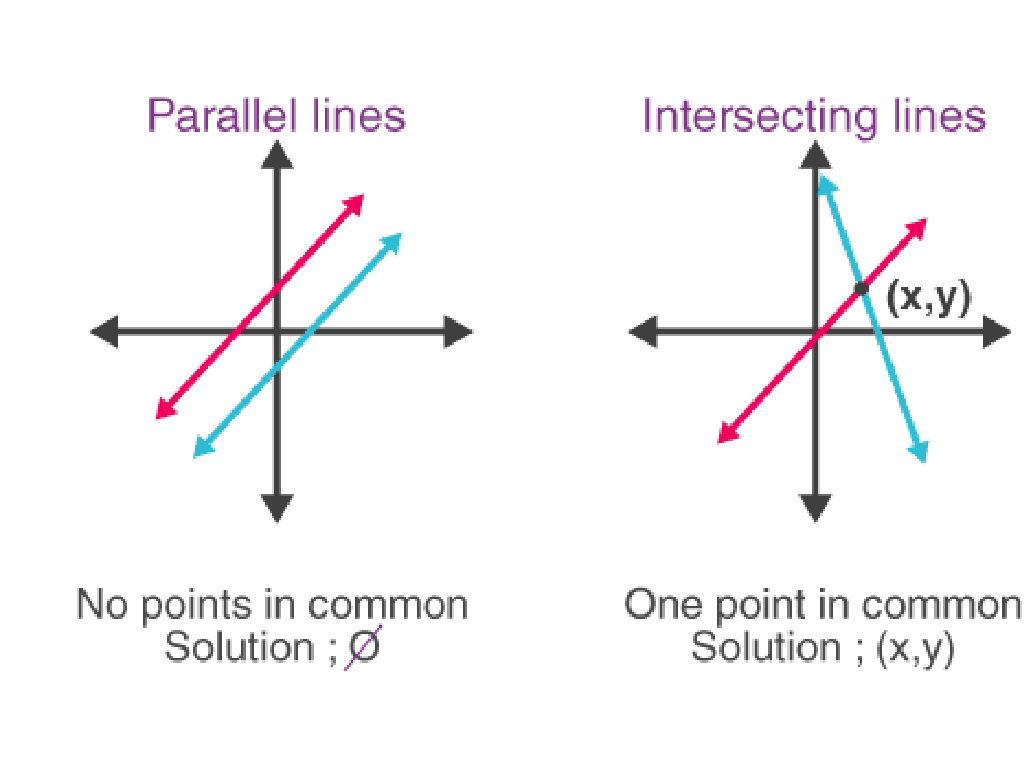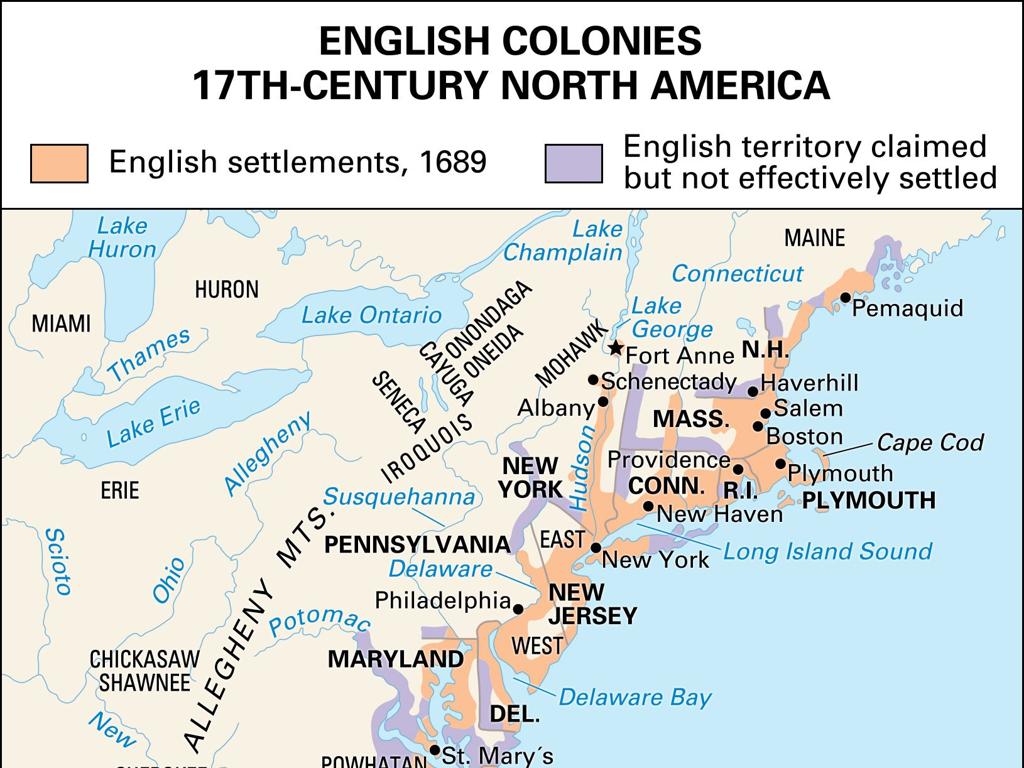Comparison Word Problems Up To 20: How Many More Or Fewer?
Subject: Math
Grade: First grade
Topic: Comparison Word Problems Up To 20
Please LOG IN to download the presentation. Access is available to registered users only.
View More Content
Math Adventures: Becoming Math Detectives!
– Embrace your inner math detective
– Solve number mysteries up to 20
– Learn to compare using ‘more’ or ‘fewer’
– Use clues to see which group has more or less
– Get set for a comparison adventure!
– We’ll use fun problems to practice comparing
|
This slide is designed to excite first graders about becoming ‘math detectives’ and solving comparison word problems. Encourage the students to think like detectives, looking for clues in the problems to find answers. Introduce the concept of comparing two sets of items or numbers to determine ‘how many more’ one set has compared to the other, or ‘how many fewer’. Use hands-on activities with physical objects to demonstrate these comparisons, and create relatable scenarios for the students to solve. For example, comparing apples in two different baskets or pencils in two cups. This will help them grasp the concept of comparison in a tangible way. Prepare to guide them through several examples and ensure they understand the terms ‘more’ and ‘fewer’.
Understanding Comparison Word Problems
– What are comparison problems?
– Problems that ask us to find how two things differ.
– Key words: ‘more’ and ‘fewer’
– ‘More’ means adding, ‘fewer’ means taking away.
– Solving with examples
– Example: Tom has 5 apples, Jerry has 3. How many more does Tom have?
– Practice finding differences
– Let’s try some problems to see who has more or fewer!
|
This slide introduces first graders to the concept of comparison word problems, which are a fundamental part of early math education. Emphasize the importance of understanding the difference between two quantities. Use simple, relatable examples to illustrate how words like ‘more’ and ‘fewer’ indicate whether we should add or subtract to find the answer. Encourage students to visualize the problem with real objects if possible. During class, work through several examples together and then let students practice with guidance. This will help them grasp the concept of comparing and finding differences between numbers up to 20.
Understanding ‘More’ and ‘Fewer’
– ‘More’ means a bigger number
– ‘Fewer’ means a smaller number
– Use objects to compare
– Count toys or fruits to see which has more or fewer
– Practice with real examples
– Example: 8 apples and 5 oranges, how many more apples are there?
|
This slide introduces the basic concepts of ‘more’ and ‘fewer’ to first graders, which are fundamental terms in comparison word problems. Start by explaining that ‘more’ is used when there is a larger number or amount of something, and ‘fewer’ is used for a smaller number or amount. Use tangible objects like toys or fruits to visually demonstrate the concept, as this will help the students to grasp the idea more concretely. Engage the students with hands-on activities where they can physically count and compare items. For example, give them a small number of apples and oranges and ask them to determine how many more apples there are than oranges. This practical application will prepare them for solving comparison word problems up to 20.
Let’s Practice Comparing!
– Count the apples and oranges
– Which has more? Which has fewer?
– Find how many more oranges
– There are 3 more oranges than apples (8 – 5 = 3)
– Discuss our findings
|
This slide is designed to engage first-grade students in a practical comparison exercise using familiar items like apples and oranges. Start by having the students count each group of fruits. Then, ask them to identify which group has more and which has fewer items. Guide them to understand the concept of ‘how many more’ by subtracting the number of apples from the number of oranges. Encourage the students to explain their thought process and how they arrived at their answers. This activity will help solidify their understanding of comparison word problems up to 20 and develop their critical thinking skills. For the next class, consider bringing in physical objects to help students visualize the comparison better.
Using Number Lines to Compare
– Number lines show number differences
– A line with numbers in order helps us compare
– ‘Jump’ on the line to find ‘how many more’
– Starting at one number, count the jumps to another number
– Practice with apples and oranges
– Example: If you have 3 apples and 5 oranges, how many more oranges do you have?
– Visualize ‘more’ or ‘fewer’ easily
– Number lines can help us see which group has more items or fewer items
|
This slide introduces first graders to the concept of using number lines as a visual aid to solve comparison word problems. It’s crucial to demonstrate how to use a number line by starting at the smaller number and making ‘jumps’ to the larger number to find the difference. Use familiar items like apples and oranges to make the activity relatable. During the class, guide the students through several examples, showing them how to ‘jump’ from one number to another on the number line. Encourage them to count aloud as they ‘jump’ to reinforce the concept of ‘how many more’. This visual and interactive approach helps solidify their understanding of comparison in a tangible way.
Let’s Compare Balloons!
– Mia and Jay’s balloon count
– Mia has 7 balloons, Jay has 12
– How many more does Jay have?
– Subtract Mia’s balloons from Jay’s
– Counting together to solve
– Use fingers or objects to count
– Understanding ‘more’ and ‘fewer’
|
This slide introduces a comparison word problem involving subtraction within 20, aimed at first graders. Start by reading the problem aloud and ensure the students understand the question. Then, guide them to count the difference between Mia’s and Jay’s balloons. Encourage the students to use visual aids like their fingers or physical objects to help them count. Explain the concept of ‘more’ as having a greater number and ‘fewer’ as having a lesser number. This hands-on approach helps solidify their understanding of comparison and subtraction in a practical context. After solving the problem, ask the students to explain the process in their own words to reinforce learning.
Drawing Pictures to Solve Problems
– Draw to understand problems
– Use circles for balloons
– If a problem mentions 5 balloons, draw 5 circles
– Count the balloons we draw
– Visualize ‘how many more’
– Drawing helps compare two sets of balloons easily
|
This slide encourages students to use drawing as a tool to solve comparison word problems. By representing objects such as balloons with simple shapes like circles, students can visually count and compare quantities. For example, if one child has 5 balloons and another has 7, students can draw 5 circles for the first child and 7 for the second, then visually determine the difference. This method makes abstract concepts more concrete for first graders. During the activity, guide the students through a problem by drawing it step by step and then let them try on their own with different numbers of balloons. Encourage them to discuss their findings with a partner to reinforce the concept of ‘how many more’.
Class Activity: Math Detective Game
– Become math detectives today!
– Solve word problems on your worksheet
– Use tools to find answers
– Draw pictures, use counters, or number lines
– Discover ‘how many more’ or ‘fewer’
– Compare two groups to solve the problems
|
In this engaging class activity, students will put on their detective hats to solve comparison word problems. Provide each student with a worksheet containing various scenarios asking ‘how many more’ or ‘fewer’. Encourage them to use visual aids like drawings, physical objects, or number lines to help them understand the concept of comparison. This hands-on approach aids in developing their analytical skills and understanding of mathematical concepts. Possible activities include: 1) Drawing items to visually compare quantities, 2) Using small objects like blocks or counters to represent numbers, 3) Creating a number line on paper to visualize the difference between numbers, 4) Pairing up students to solve problems together, 5) Using real-life scenarios to make the problems relatable.
Conclusion: Becoming Math Detectives
– Celebrating our math detectives
– ‘More’ vs. ‘fewer’ recap
– ‘More’ is when you have extra, ‘fewer’ is when you have less.
– Keep practicing word problems
– Try more problems to become a word problem whiz.
– You’re all math stars!
|
Well done to all the students for their hard work in understanding comparison word problems! It’s important to remember the difference between ‘more’ and ‘fewer’ as these terms help us compare quantities. Reinforce the concept that ‘more’ indicates a larger quantity while ‘fewer’ indicates a smaller one. Encourage the students to continue practicing with different word problems to strengthen their skills. Acknowledge their progress and remind them that every problem they solve makes them better at math. Celebrate their achievements and motivate them to keep learning and enjoying math.






